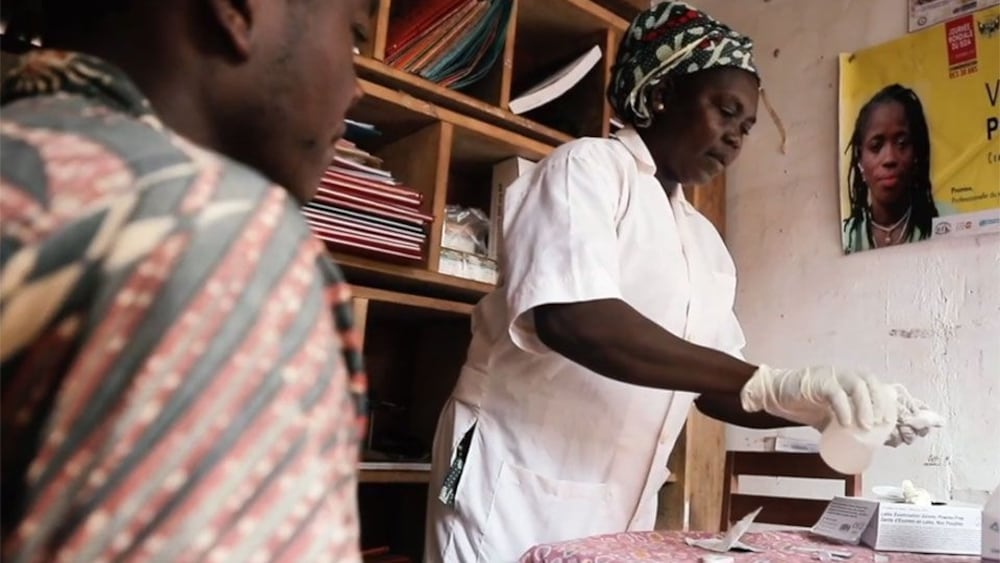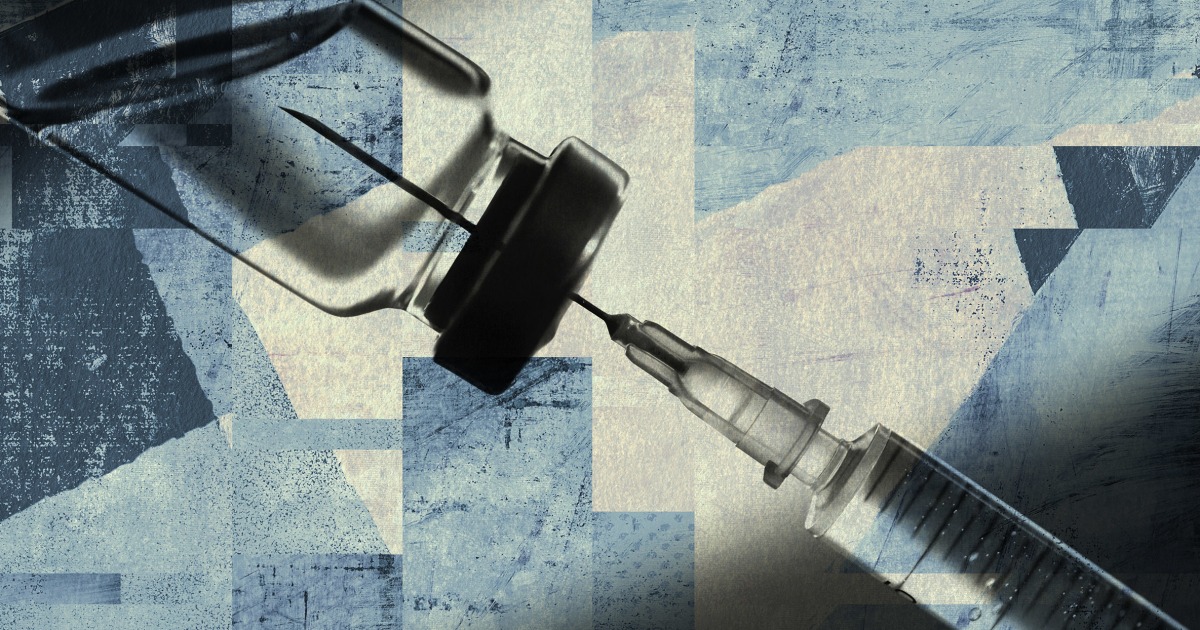The world has failed in each of the ten HIV targets that countries set five years ago and the cause is not the Covid-19 pandemic.
According to the UN World AIDS Day report, presented this Thursday, in 2019 there were almost 700,000 deaths from AIDS and some 1.7 million new infections, more than triple those established by the 2020 goals to fight HIV .
To a large extent, this responds to the large number of laws and social norms that discriminate against the highest-risk groups, known as key populations, and hinder their access to HIV services: from legislation that criminalizes drug users to sexual violence against girls and women, through the criminalization of homosexuality.
More information
Living with HIV in times of pandemic
Children with HIV receive second-class care
Good practices in the face of the three deadliest pandemics in the world save 38 million lives
62% of the new infections occurred in key populations.
As explained to EL PAÍS by the executive director of UNAIDS, Winnie Byanyima, the data shows that not enough is being done to address the causes of contagion in these groups.
And it is not a mere question of money.
“The successes of specific countries and regions show that it is possible to reduce infections and deaths.
If Botswana, Eswatini and Thailand have achieved the 90-90-90 targets, why shouldn't bigger countries, with more resources and with stronger governments and civil societies, be able to do so? "
Progress in sub-Saharan Africa and the Caribbean has been clouded by the spread of the epidemic in Latin America, with 21% more new infections between 2010 and 2019;
Eastern Europe and Central Asia (72%), as well as the Middle East and North Africa (22%).
Therefore, UNAIDS calls for the reform of laws that criminalize key populations such as drug users;
reduce stigma and social discrimination;
address issues among African adolescent girls and young women, and empower diverse key populations to manage HIV services among members of their own community.
Change the rules
The organization, which plans to launch its new strategy in 2021, is committed to objectives that are much more specific, adapted to each of the risk groups and that face the social and human rights obstacles that are giving wings to the virus.
In this case, they would be targets for 2025 to facilitate the achievement of the UN Sustainable Development Goals in 2030.
“For example, progress has been made in condom distribution and preventative drugs (PrEP) are being introduced, but medical solutions cannot solve the problem of sexual violence and toxic masculinities that make girls and women more vulnerable. in Africa.
We have to influence social norms, ”says Byanyima.
“It is of little use to have condoms if homosexuality is criminalized.
Stigma and discrimination must be eliminated so that people can access the services and products they need ”.
According to the report, "successfully implementing only the simplest or most politically acceptable elements of the strategy will not end AIDS as a public health threat."
In other words: if governments want to advance in controlling the epidemic, they will have to get wet.
According to a 2018 UNAIDS analysis, for example, the majority of new cases in the Eastern Europe and Central Asia region are through transmission between people who inject drugs and their sexual partners.
Lack of access to sterile needles for drug addicts is one of the causes of the problem.
It is of little use to have condoms if homosexuality is criminalized.
Stigma and discrimination must be removed so that people can access the services they need
“Controlling this epidemic is possible, as several countries are demonstrating, but it takes political will and quality data to support decision-making,” says Byanyima.
Next year, UNAIDS plans to launch new targets for the next five years to guide governments seeking to make progress in the fight against HIV.
Regarding the impact of covid-19 on the global response, the report confirms that key services in many countries have been affected, but in many of them coverage recovered in a short time.
There have also been effects on supply chains, lack of personal protective equipment and cases of redistribution of health workers in HIV / AIDS services.
But, he points out, covid-19 "should not be a reason to lower the 2025 targets or to delay the 2030 goal to end AIDS as a public health problem."
UNAIDS confirms it is closely monitoring the impacts of the pandemic on the global response to HIV.
Children facing HIV and covid-19
Given the proximity of World AIDS Day on December 1, UNICEF has provided specific data on the child population and has warned about the interruptions of the HIV / AIDS service in a third of the countries with the highest burden of infections.
In 2019, 320,000 children and young people up to 20 years of age contracted HIV;
110,000 died from it, and just over half accessed treatment, far behind coverage for mothers (85%) and for all adults with HIV (62%).
Pediatric HIV treatment coverage is highest in the Middle East and North Africa (81%), followed by South Asia (76%), East and South Africa (58%), East Asia and the Pacific (50%), Latin America and the Caribbean (46%) and West and Central Africa (32%).
320,000 children and young people up to 20 years of age contracted HIV in 2019 and 110,000 died from this cause, according to Unicef
“There is still no vaccine against HIV.
An alarming number of minors continue to be infected and die of AIDS, ”says UNICEF Executive Director Henrietta Fore.
"This was happening before COVID-19 disrupted vital HIV / AIDS prevention and treatment services, putting many more lives at risk."
In a recent survey by this UN agency of 29 priority countries in the fight against HIV, a third of them answered that the coverage of the service for children, adolescents and women with HIV or at risk has been reduced by at least one 10% from the start of the pandemic.
The organization notes the rebound in services in recent months, but warns that the world is far from reaching the global goals for pediatric HIV for 2020.
FUTURE PLANET can follow on
,
and
, and subscribe
here
to our 'newsletter'
.









